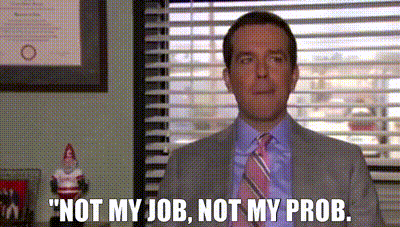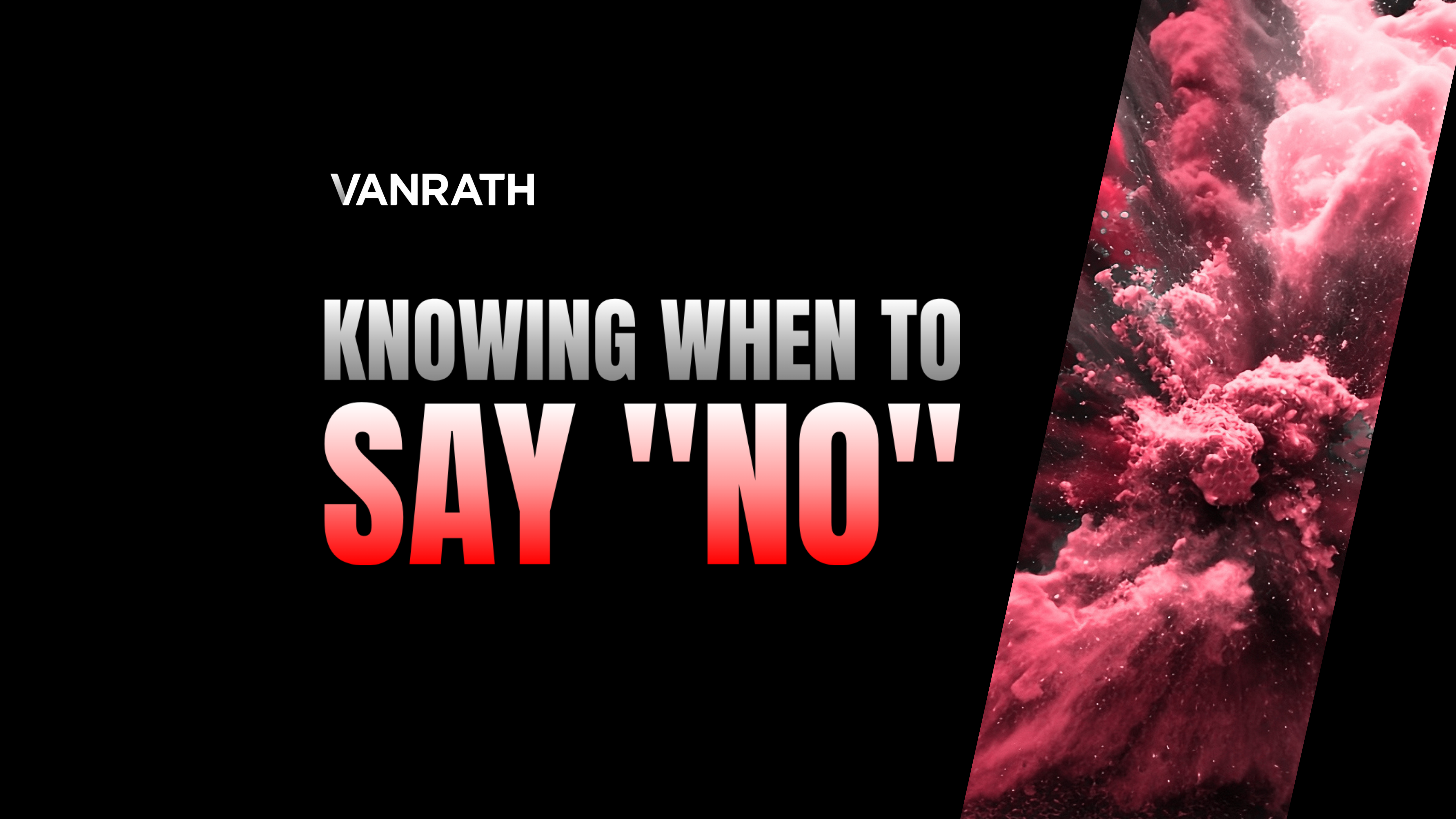Saying “no” at work can feel awkward at best and career-ending at worst. You don’t want to look unhelpful. You don’t want to rock the boat. You don’t want to disappoint your manager who seems to think you can do it all.
But if you say yes to everything, you’ll burn out, do a half-decent job at best, and start to quietly resent every request that lands in your inbox, every "can I pick your brains" colleague that comes to your desk, every meeting that seems to add to your to-do list.
Let’s talk about the art of saying no — and doing it without feeling like you're setting fire to your career.
Why we struggle to say no (even when we should)
It usually comes down to one of three things:
Fear of disappointing others – You don’t want to let your boss down or seem like you’re not a team player.
Guilt – You feel bad because someone’s asking for help and you could do it… if you gave up your lunch break, stayed late, and ignored your own work.
FOMO – You’re scared you’ll miss an opportunity, look disengaged, or be seen as “difficult.”
You also don't want to look like you're "bad at your job" (you won't, btw). These feelings are all understandable. But none of them justify working yourself into the ground.
When to say no
It's hard to know which scenarios to say "no" to. But here's the obvious ones:
The task isn’t yours to own – If someone’s offloading work onto you that they should be doing themselves, it’s okay to push back.

You’re at capacity – There’s no gold medal for being the busiest. If your plate is already full, don’t take on more. (We're all guilty of it)
It clashes with your priorities – If it derails your actual job, it’s not helping — it’s harming.
You’re being asked to compromise your values – If it feels ethically off, it probably is. That’s a hard no.
How to actually say it (without sounding like a grump)
You don’t need to throw all your toys out of the pram or send a dramatic “I quit” email. Here are a few ways to do it gracefully:
1. The “Not Right Now” Approach
“I’d love to help, but I’ve got a deadline that’s taking priority at the moment. Can we look at this later in the week?”
2. The Redirect
“That’s more in Sam’s wheelhouse — I’d recommend chatting with them as they’ve handled something similar.”
3. The Honest Boundaries
“I want to make sure I do my current work to a high standard, and taking this on might compromise that.”
4. The Solution-Focused No
“I can’t take that on right now, but here’s how I think we could get it done…” (Cue delegation or collaboration.)

Imagine this:
You’re already juggling a project with a fast-approaching deadline, your inbox is a mess, and your calendar looks like a game of Tetris. Your manager casually drops by and says, “Hey, can you pull together a deck for Friday’s pitch meeting? - oh, and it's Thursday.
Now, you could say yes, then scramble to do both jobs badly, logging off at 9pm and feeling like a deflated balloon.
Or, you could say:
“I’d love to support, but I’m flat out on the launch project this week. If the deck’s a priority, we’ll need to shift timelines on the other piece — or someone else might need to jump in.”
That’s professional. That’s clear. And that’s fair.
Saying no is a skill, not a scandal
The most respected people at work aren’t the ones who say yes to everything. They’re the ones who are clear about their time, know their limits, and protect their energy so they can actually deliver when it counts.
Boundaries are professional. They show you value your time, your work, and your sanity. And if your workplace makes you feel guilty for setting them? That says more about them than you.
You’re not a robot. You don’t have infinite time or energy. Learning how (and when) to say no isn’t selfish — it’s smart. Your future self (the one with more energy, better results, and fewer headaches) will thank you.

